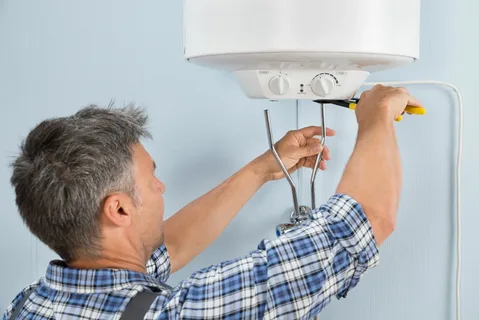Finding simple, effective ways to save money and reduce unnecessary spending doesn’t have to be a hassle. And don’t worry, you don’t need a professional financial expert to create a workable budget for you.
You can save hundreds of dollars each month with a few adjustments to your spending habits and a little creativity. If you’re serious about streamlining your budget, here are five hassle-free money management tips you can weave into your daily routine to start saving big.
Keep a Record of Your Spending
The first step in adjusting your monthly budget is finding out how much you spend and what you spend it on. You can do so in a number of ways.
Online bank statements make it easy to determine how much money you spend daily, weekly, and monthly. While logging into your online banking portal is one method, most banks have mobile apps that allow you to quickly access statements and payment logs on the go.
Budgeting apps are another popular tool for maintaining an accurate spending log. There are tons of excellent options to choose from, with certain apps allowing you to set spending limits, add reminders, and export data. Budget apps usually don’t require subscriptions, so you can enjoy the benefits of a complete spending diary for free.
After you’ve determined where your money goes and how much of it you spend, you’ll have an easier time deciding how to streamline your budget.
Get Your Caffeine Fix at Home
The average American spends between $1,000 and $2,000 on coffee yearly or about $3 to $5 daily. If you’re a real coffee lover, you’re likely spending more than that. One easy method to increase your yearly savings is to get your daily dose at home.
There are tons of affordable, easy-to-brew options at your local grocery store, so making the switch will be easy. You can even buy your beans or instant coffee in bulk to shave off a couple more dollars from your grocery list. Finding a grind you love and can make at home is an excellent way to tighten up your spending and save thousands each year.
Automate Your Bill Payments
Let’s face it. Your memory isn’t perfect, and mistakes can happen. Forget to set a reminder or lose track of the calendar, and you can easily miss a payment deadline or two. Unfortunately, this mistake could cost you a lot of money and tank your credit score. You can protect yourself against late payment bills and overdraft fees by automating your billing payments.
Nowadays, most utility companies, banks, cell-phone providers, and internet plans come with an option to set up automatic payments through a bank or credit card account. It takes just a couple of minutes to set up but automating time-sensitive costs like bills and minimum payments can have profound money-saving benefits. You just need to double-check your payment method of choice to ensure you have sufficient funds and let technology do the rest. If you struggle to remember to pay bills on time, this method is a life (and cash) saver.
Stop Impulse Buying
Recent research shows that impulse buying accounts for a startling majority of adult purchases. A recent survey by Slickdeals.net showed that a whopping 73% of adults said most of their purchases were spontaneous. According to Shopify, impulse buying accounts for 40-80 percent of all buys. In fact, the average American spends about $314 per month on impulse purchases.
If you’re an impulse spender, it might be time to increase your purchasing awareness. Before clicking “add to cart,” ask yourself the following: Do I absolutely need this? How often will I use it? Are there any cheaper alternatives? What do I gain by buying this? Be honest about your spending habits; you’ll be shocked at just how many “must-haves” you don’t need. Doing so will save you hundreds each month.
Get Better at Cooking
This one is a classic but might be one of the most commonly ignored money-saving methods. After all, the average American household spends around $3,000 a year on takeout and restaurants. If you eat out a lot, cooking more of your meals at home will save you a ton of cash. You’ll need to invest a little more time sourcing ingredients and looking up recipes for your favorite meals, but the savings are well worth the effort.





